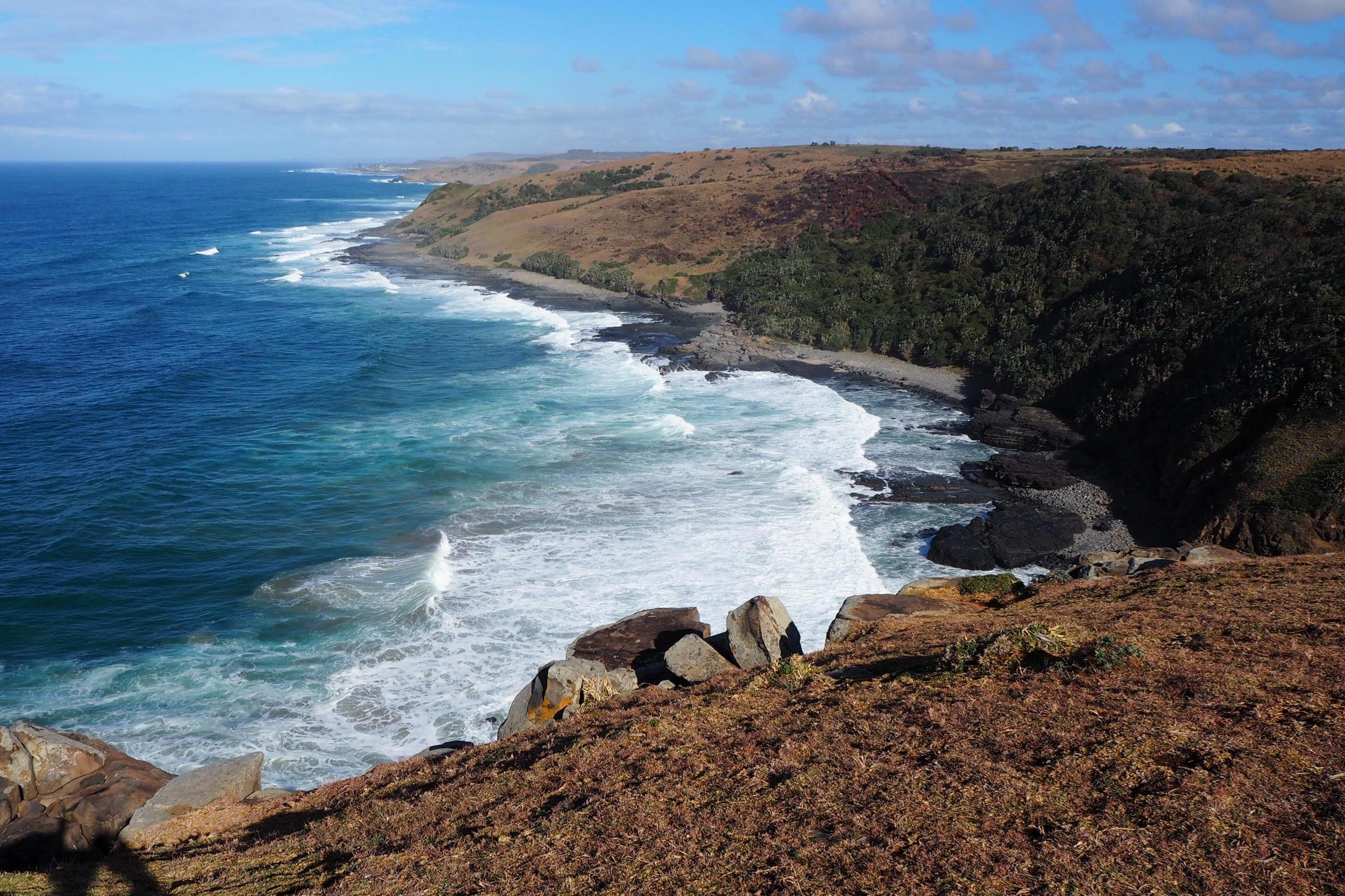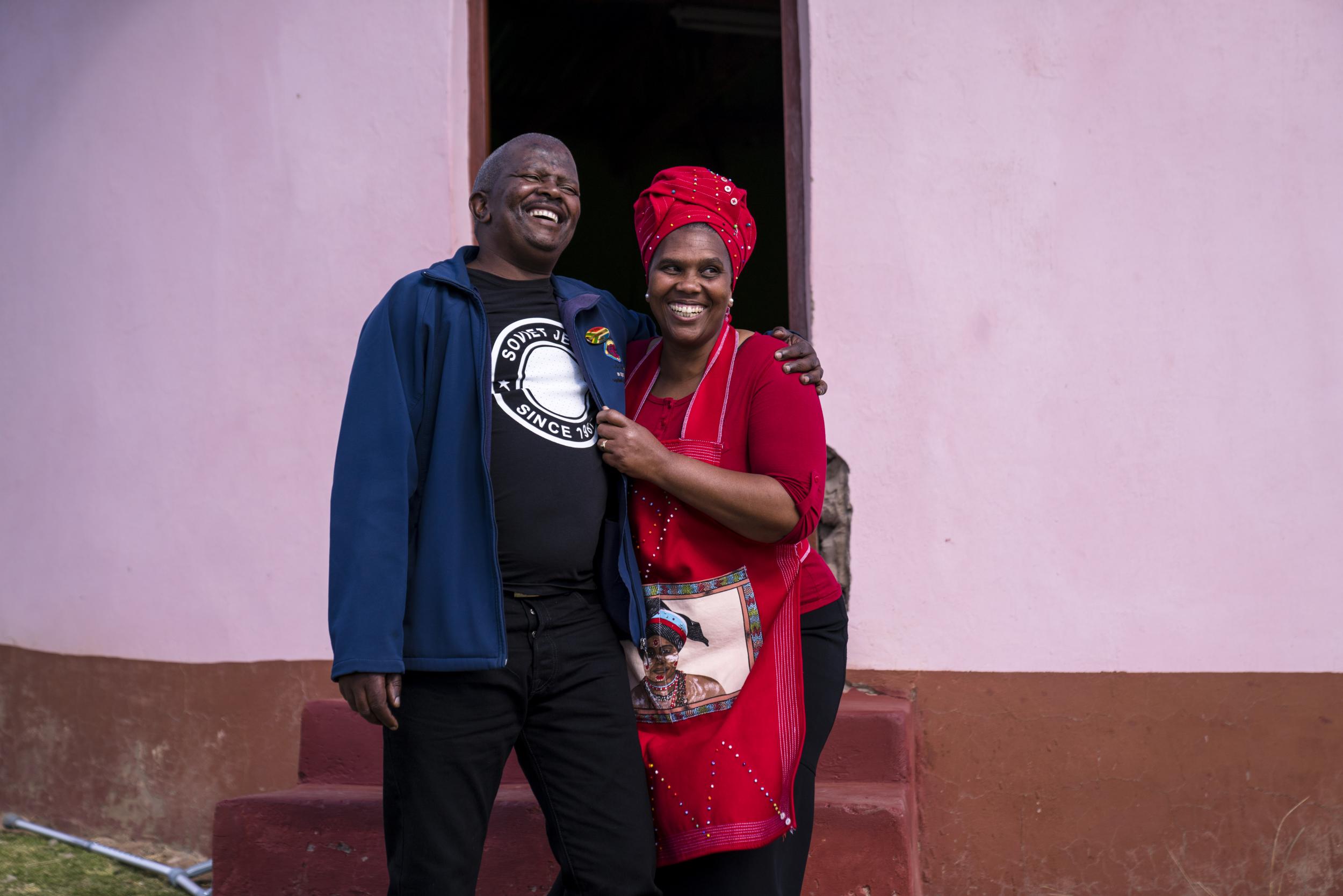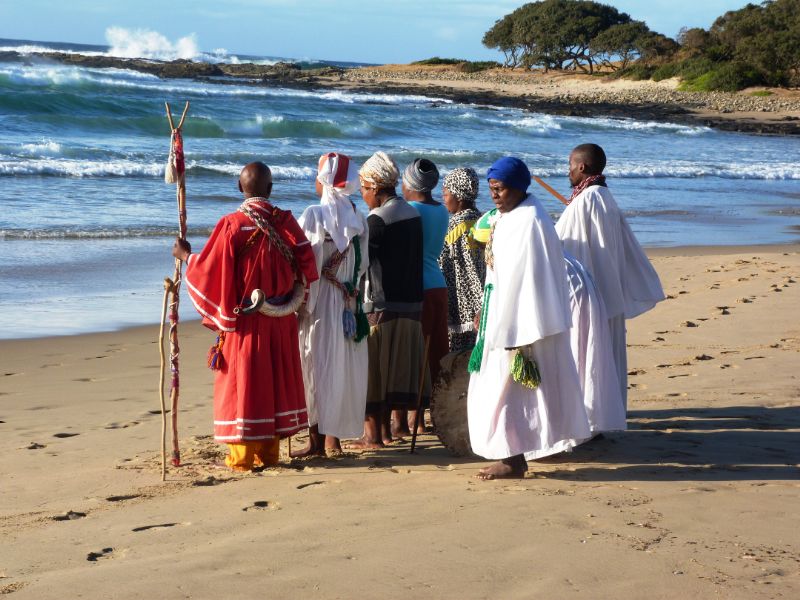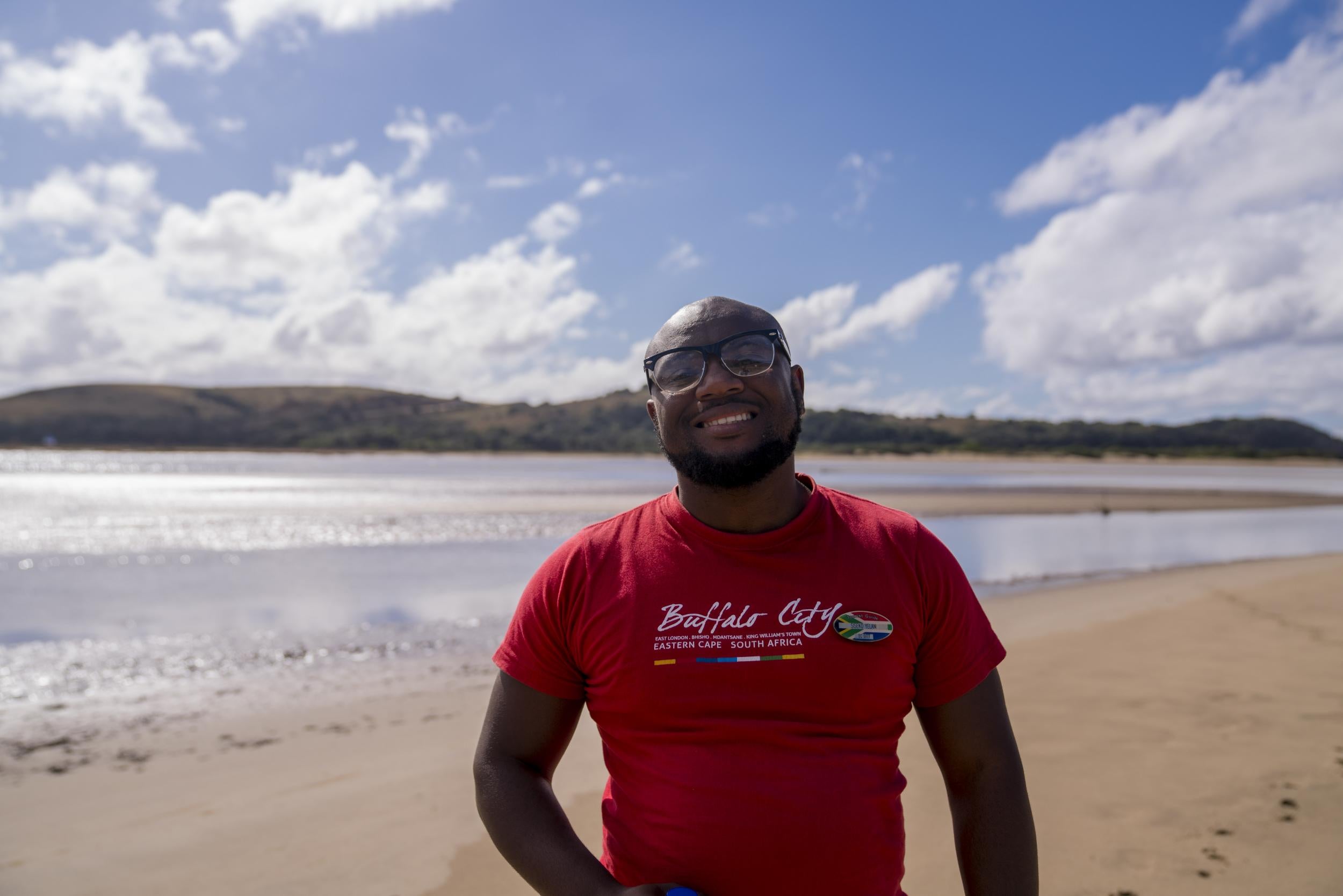The Independent's journalism is supported by our readers. When you purchase through links on our site, we may earn commission.
Eastern Cape: Why Nelson Mandela’s birthplace is South Africa’s most underrated gem
It may not have the polish of Joburg or Cape town, but Qunu offers an unbeatable window into authentic rural living in South Africa, says Claire Webb

Your support helps us to tell the story
From reproductive rights to climate change to Big Tech, The Independent is on the ground when the story is developing. Whether it's investigating the financials of Elon Musk's pro-Trump PAC or producing our latest documentary, 'The A Word', which shines a light on the American women fighting for reproductive rights, we know how important it is to parse out the facts from the messaging.
At such a critical moment in US history, we need reporters on the ground. Your donation allows us to keep sending journalists to speak to both sides of the story.
The Independent is trusted by Americans across the entire political spectrum. And unlike many other quality news outlets, we choose not to lock Americans out of our reporting and analysis with paywalls. We believe quality journalism should be available to everyone, paid for by those who can afford it.
Your support makes all the difference.After bumping and juddering down a dirt track for five minutes, we arrive at a round, Pepto-Bismol-pink house. A small board hanging from the wire fence announces “Kwa Nokrimesi Homestay”. It’s the only sign that we are in the right place: the village where Nelson Mandela is buried.
Plump chickens scurry out of neat rows of vegetables to greet us, followed by a beaming couple. “Welcome to Qunu,” says Zimisile, and without further ado his wife Noxolo ushers us into their rondavel – a traditional circular dwelling – where lunch awaits: potato, beetroot and carrot salads fresh from the allotment, smoky beef curry, crisp chicken wings, creamed spinach, a small mountain of rice and another of mash. She explains the maize and bean mash is umngqusho – a staple of young Mandela’s diet and a lifelong favourite of his.
Qunu is scattered across a valley in the Eastern Cape’s rolling grasslands, which are bordered by the mighty Drakensburg mountains in the north and the roaring Indian Ocean in the east. Mandela belonged to the Xhosa-speaking Thembu clan and was born nearby in the village of Mvezo in 1918, where his grandson now presides as chief.
His mother moved to Qunu (the Xhosa pronounce it with a click) after his father fell out with a white magistrate and lost his chieftainship and land. “Nature was our playground,” he wrote in his autobiography Long Walk to Freedom. “It was in the fields that I learned how to knock birds out of the sky with a slingshot, to gather wild honey and fruits and edible roots, to drink warm, sweet milk straight from the udder of a cow, to swim in the clear, cold streams, and to catch fish with twine and sharpened bits of wire.”
After I’ve reluctantly refused a third helping of umngqusho (it’s much tastier than it looks), Zimisile points out the yard where Mandela’s mother had her cooking and sleeping huts; the site of the missionary school where a seven-year-old boy called Rolihlahla was given the name Nelson; a granite boulder he used to slide down until he was so sore he could barely sit; and the graveyard where he buried three of his children. When he retired from politics, he moved back to Qunu.
“When Madiba walked into a room, he had an aura – you could feel his presence,” recalls Zimisile, using his clan name. “Like me, he was a village boy at heart. He loved the life here, so quiet and peaceful.”
Mandela’s retirement home is modest compared to the residences of most former heads of state, but it’s still the biggest house for miles around. Painted peach, it sits on the highway that links Qunu with the town of Mthtatha, where a museum chronicles his revolutionary career. Curiously, he modelled his home on the halfway house where he spent the final year of his 27-year prison sentence: a warder’s home in Victor Verster jail in the Western Cape, with a swimming pool, garden and cook. He called it a “gilded cage” and it’s now a museum – as is the brutal prison on Robben Island in Cape Town where he lived in a 7ft by 9ft cell for 13 years.
His replica in Qunu isn’t open to the public, but there’s a rumour his family are considering allowing access to the graveyard behind it. Zimisile approves as long as Xhosa tradition is respected. “Graves are a sacred place and you can only visit them at certain times,” he explains. “Morning and late afternoon.” Locals also hope that the reopening of the village’s little museum next year will bring more visitors to their remote corner of the Eastern Cape.
During apartheid, this region was known as the Transkei and designated the independent homeland of the Xhosa people; in reality, it was an unrecognised state and desperately poor. One hundred years after Mandela’s birth, it’s still a world away from cosmopolitan Cape Town and Johannesburg – where tourists shopping for souvenirs in a plush mall in Mandela Square queue up to pose with a 20ft statue of him.

Most travellers who make it to the Eastern Cape stick to Port Elizabeth’s beaches, arty bars and game reserves. My guide, Siseko, lives in one of the province’s biggest townships and recently started his own tour company because he wanted to show people more of his region and culture. He’s a brilliant travel companion, explaining everything from initiation ceremonies to the 18 click consonants in the Xhosa language (which I fail miserably to replicate).

From Qunu, we drive east for an hour and a half, with regular stops to allow cows, goats, pigs and chickens to amble across the road. The lush hills are speckled with pink and mint-green rondavels and clusters of “Mandela homes” – he was the first South African president to build free social housing with running water and electricity. Down another bone-rattling unpaved road, we find a comfortable four-star hotel and a long, silky beach hemmed in by rocky headlands. Coffee Bay was named after an ill-fated ship transporting coffee – one of many to fall foul of this rugged shoreline, which is why it’s called the Wild Coast. Its endless beaches are untamed too, whipped twice a day by the Indian Ocean’s frothing, turquoise breakers, which sculpt cliffs and towering dunes.

The Wild Coast’s other beaches are equally pristine and easier to get to, but Coffee Bay is popular with adventurous backpackers because you can hike to the Hole in the Wall, a natural arch carved into a bluff that the Xhosa call “the weeping place”. The legend goes that it was the escape route of a beautiful maiden who eloped with a merman, and the singing of the sea people can be heard on stormy nights, when waves crack against the rock.
That evening we sit out on the Ocean View Hotel’s veranda sipping pinotage (another favourite of Mandela’s) and listening to the rumble of the waves. Siseko tells me he’s optimistic about the future of the Xhosa’s homeland and the role tourism has to play. I hope he’s right: this spectacular stretch of the Eastern Cape deserves to be as well known as its most famous inhabitant.
Travel essentials
Getting there
British Airways launched direct flights from London and Durban three times a week in 2018. From Durban it’s a five and a half-hour drive to Qunu. Alternately, you can fly to Johannesburg or Cape Town and catch a connecting flight to East London, which is a three-hour drive from Qunu.
Staying there
A sea view room at Ocean View Hotel, Coffee Bay, is R1199 (£62), full-board.
More information
Uncuthu Tours does Mandela and Xhosa cultural tours in the Eastern Cape. Prices available on request.
Join our commenting forum
Join thought-provoking conversations, follow other Independent readers and see their replies
Comments